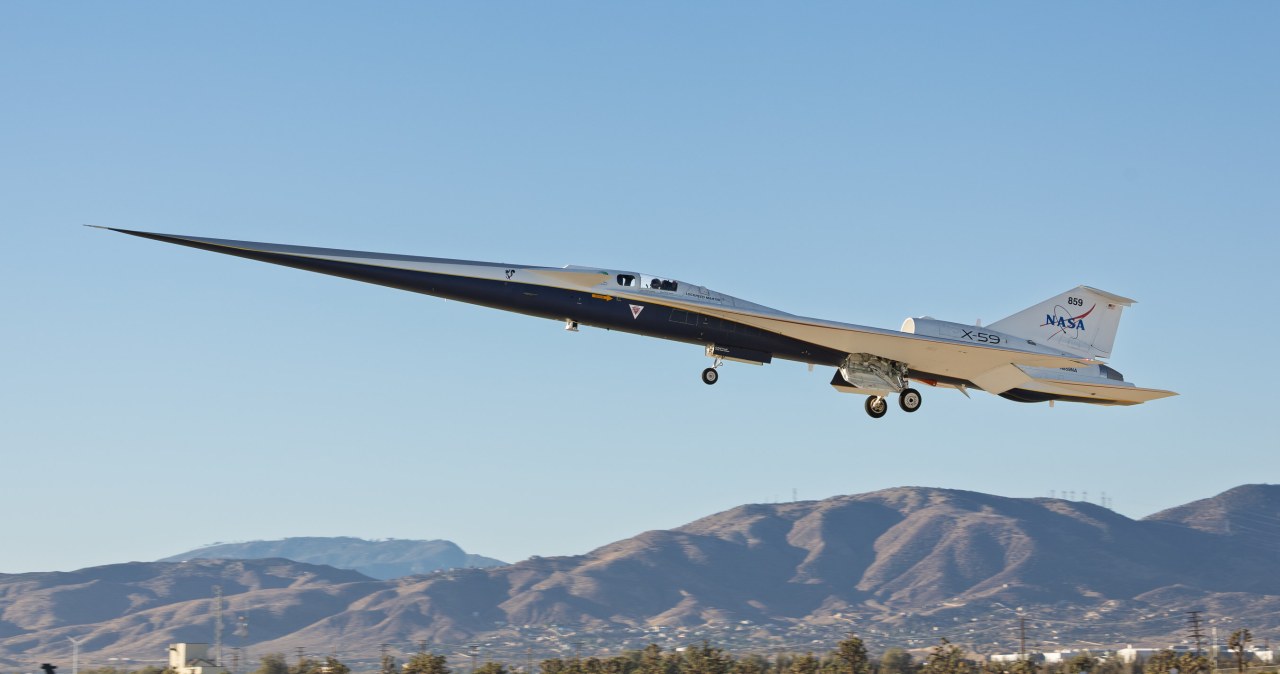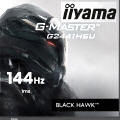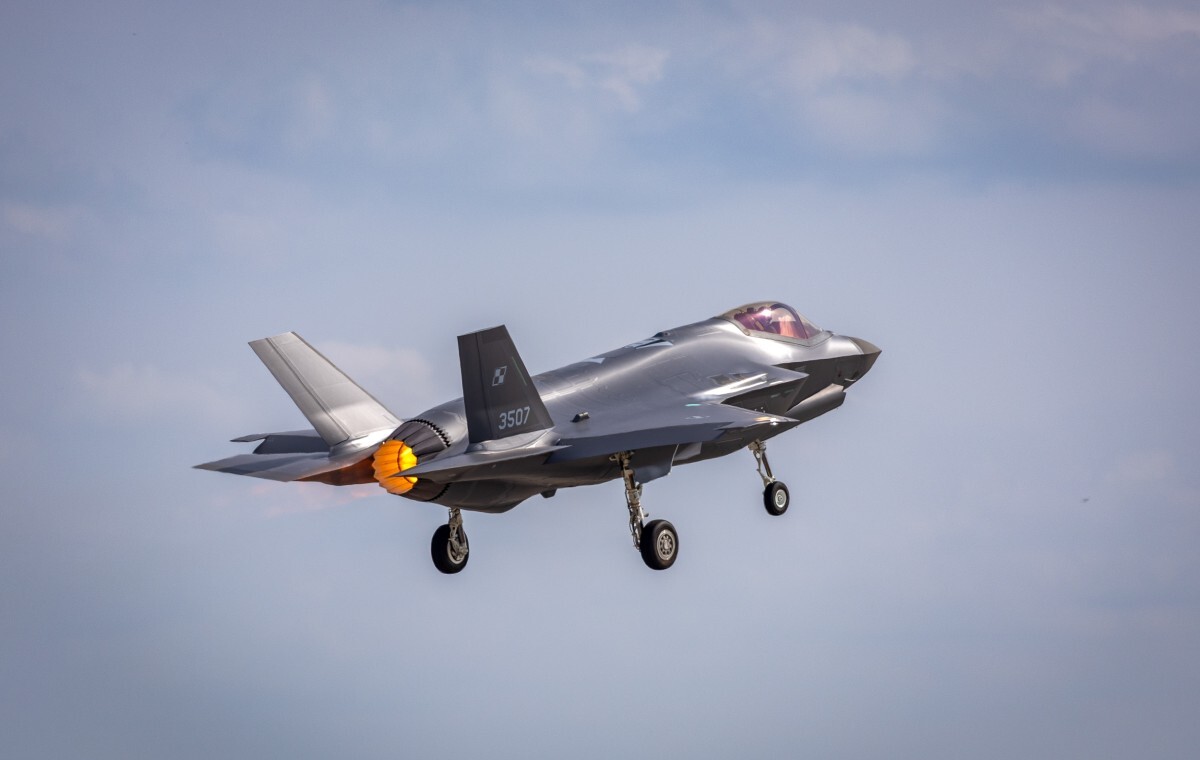
EAST HARTFORD, CONNECTICUT– The US Navy has awarded Pratt & Whitney (P&W) a contract modification valued at nearly $2.9 billion to produce more F135 engines for the F-35 Joint Strike Fighter.
The deal covers 141 engines to be installed on new F-35s assembled by Lockheed Martin in Fort Worth, Texas (DFW), serving the Air Force, Marine Corps, Navy, international program partners, and foreign military sales customers.
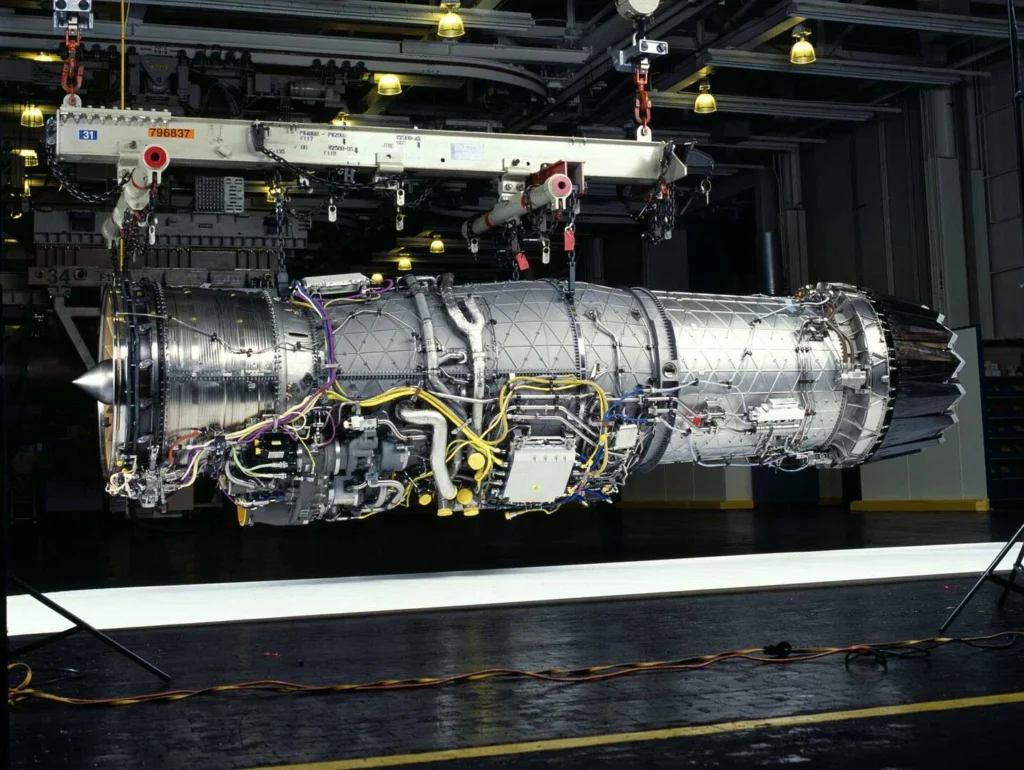 Photo: By U.S. Air Force – http://www.jsf.mil/images/gallery/sdd/f135/sdd_f135_018.jpg, Public Domain, https://commons.wikimedia.org/w/index.php?curid=86285563
Photo: By U.S. Air Force – http://www.jsf.mil/images/gallery/sdd/f135/sdd_f135_018.jpg, Public Domain, https://commons.wikimedia.org/w/index.php?curid=86285563P&W Secures $2.9B F-35 Engines Deal
Pratt & Whitney, a subsidiary of RTX, will manufacture the engines across several facilities in Connecticut, Indiana, Washington, and Maine. The contract specifies that deliveries must be completed by February 2028.
These engines are designated for Lot 18 of the F-35 production line, which Lockheed Martin is building under a separate $11.8 billion Navy contract awarded in December 2024. That agreement covers the production and delivery of 145 aircraft by June 2027.
This new engine order underlines Pratt & Whitney’s central role in powering the F-35 fleet. The F135 engine is designed to provide the thrust, range, and stealth capability that define the Joint Strike Fighter. It remains one of the most technologically advanced propulsion systems in use today.
The nearly $2.9 billion in funding is divided among multiple contributors. The Navy has allocated about $656 million across 2024 and 2025 procurement accounts.
The Air Force will provide $614.6 million, while international foreign military sales customers contribute $513.7 million. Additional partner nations in the F-35 program are providing $228.5 million.
This distribution highlights the global nature of the F-35 program, which involves multiple allied nations as direct buyers and development partners.
Additional Navy Contracts with Boeing and Lockheed
Alongside the Pratt & Whitney deal, Boeing received a $315 million Navy contract to repair landing gear systems for its F/A-18E/F Super Hornet fighter jets. That work will take place at facilities in St. Louis, Missouri; Quebec, Canada; and Fort Walton Beach, Florida, with completion expected by September 2029.
Separately, Lockheed Martin secured a $27 million Navy contract modification to acquire special tooling and test equipment supporting the F-35 production line.
Oversight and Contracting Authorities
The Naval Air Systems Command, based at Patuxent River, Maryland (NHK), is managing the contracts with Pratt & Whitney and Lockheed Martin.
The Naval Supply Systems Command Weapon Systems Support, headquartered in Philadelphia (PHL), is responsible for overseeing Boeing’s F/A-18 landing gear contract.
These agencies serve as the primary contracting authorities for procurement and sustainment of the Navy’s aviation programs.
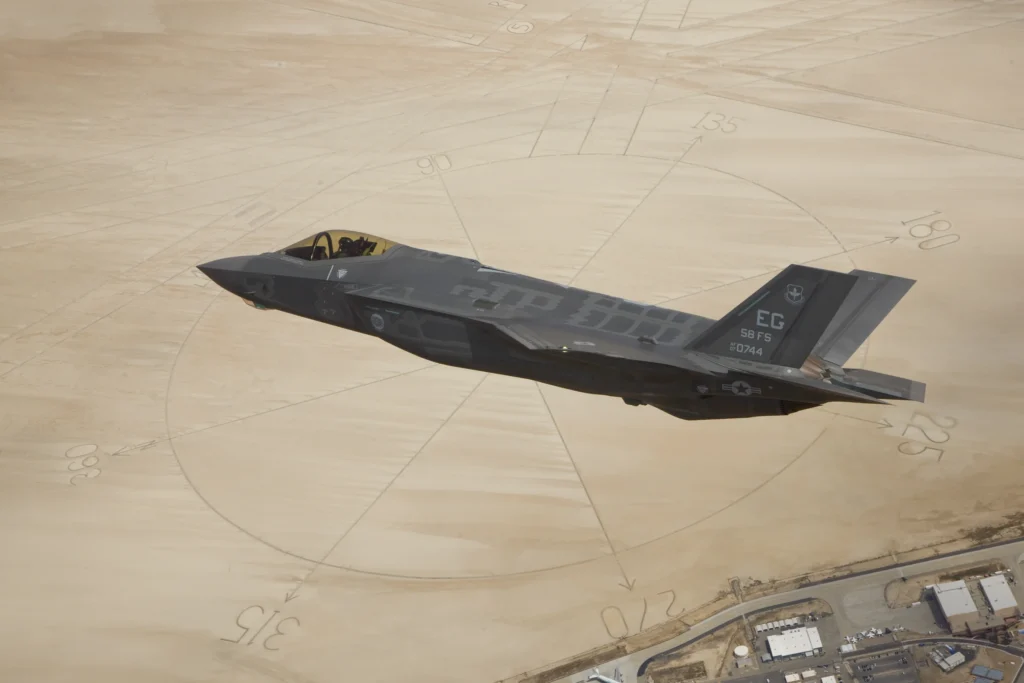 Photo: USAF
Photo: USAFMost Advanced and Expensive Fighter Jet in the World
U.S. Navy fighter pilot Jeff “Bangs” Fellows was out of munitions – but not out of the fight. Flying the F-35C Lightning II (F35C) off the coast near Naval Air Station Lemoore (NLC), Fellows leveraged the aircraft’s advanced systems to support his squadron despite empty weapons bays.
The F-35’s sensor and data-sharing capabilities allow pilots to act as both combatants and battlefield coordinators. This dual role enhances situational awareness for the entire force, highlighting the aircraft’s unique advantage in modern air operations.
The F-35 Lightning II: A Multi-Role Combat Force
The F-35 Lightning II is designed not just as a fighter jet but as a force multiplier. Its sophisticated sensors and avionics enable pilots to collect and relay critical intelligence across a networked squadron.
Fellows described the experience as “being in that quarterback role,” where flexibility and adaptability define success. The aircraft’s integrated systems provide pilots with real-time data that can influence mission outcomes, making the F-35 both a weapon and a command platform.
Retired U.S. Air Force Colonel Ted “Vader” Dempsey and retired U.S. Navy Captain Rick “Slash” Crecelius emphasize that flying the F-35 requires mastering new ways of interpreting and using data. While the aircraft itself is lethal, its true power lies in how pilots interact with its sensor network and helmet-mounted display system.
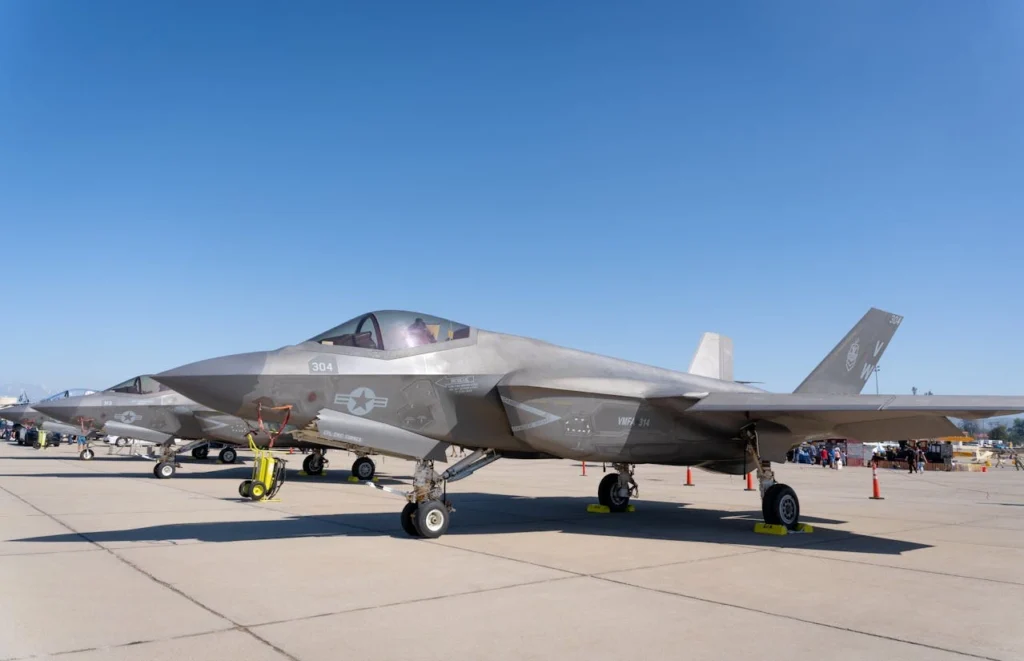 Photo: By Soly Moses: https://www.pexels.com/photo/f-35-fighters-on-the-tarmac-at-an-air-show-18119106/
Photo: By Soly Moses: https://www.pexels.com/photo/f-35-fighters-on-the-tarmac-at-an-air-show-18119106/Advanced Power and Cooling Systems
Collins Aerospace, an RTX business, has developed the Enhanced Power and Cooling System (EPACS) for the F-35. This system delivers 80 kilowatts of cooling capacity, more than double the current onboard system, allowing for upgraded avionics, radars, and mission systems without compromising performance.
EPACS reduces fuel burn and increases operational range, ensuring the F-35 remains effective under evolving combat conditions.
Helmet-Mounted Display System (HMDS)
The F-35 Gen III HMDS integrates the pilot and aircraft into a seamless interface. Each helmet is custom-fitted and calibrated for individual vision requirements, projecting critical flight and sensor data directly onto the visor.
This system reduces pilot workload, enhances situational awareness, and supports high-intensity missions by allowing pilots to process vast amounts of information efficiently.
Ted Dempsey explains that acclimating to the HMDS represents a major shift from previous fighter jets like the F-15, transforming how pilots perceive the battlespace and increasing combat effectiveness.
Collins Aerospace and Elbit Systems of America manufacture these helmets, maintaining precision and durability through ongoing sustainment programs.
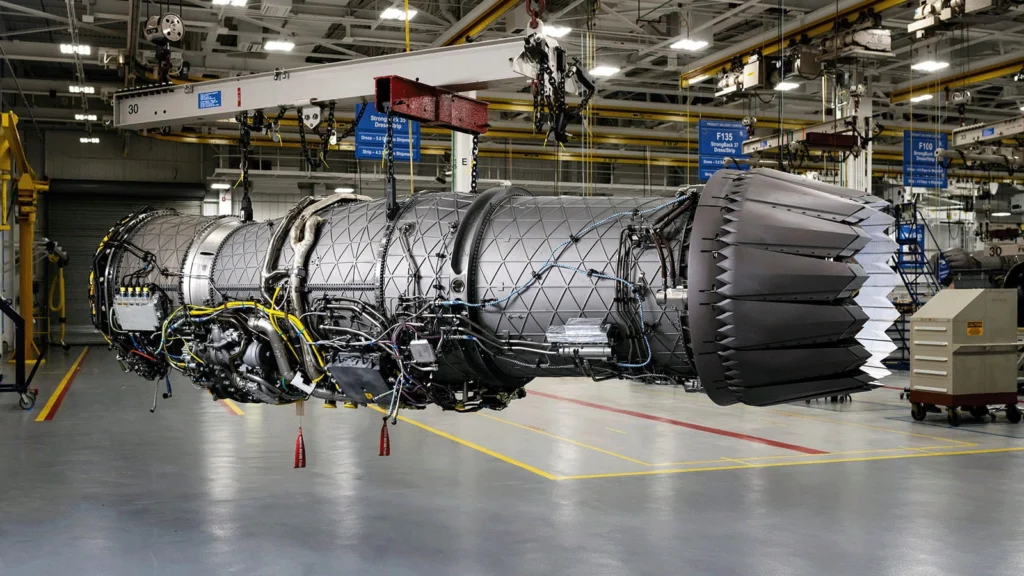 Photo: RTX
Photo: RTXEngine Performance and Reliability
The F-35 is powered by the Pratt & Whitney F135 engine, a single-engine design derived from the F119 that powers the F-22 Raptor.
Retired pilot Rick Crecelius notes the system’s high integration with the aircraft’s life-support, mission, and propulsion systems, offering unprecedented reliability and performance.
Pratt & Whitney’s Engine Core Upgrade (ECU) enhances power output, thermal management, and system flexibility, ensuring all F-35 variants remain mission-ready. The F135’s 40,000 pounds of thrust and robust design provide the speed and maneuverability necessary for modern aerial warfare.
Integrated Sensor Networks
Raytheon’s Distributed Aperture System (DAS) equips the F-35 with a full 360-degree view of the surrounding airspace, even in low-light conditions. The next-generation Electro-Optical DAS (EODAS) incorporates six infrared cameras, delivering high-resolution real-time images to the pilot’s visor.
Fellows highlighted that the DAS allows for precise night operations, giving pilots confidence in maneuvering and targeting.
The integrated sensor network, combined with HMDS, transforms each F-35 into a node of intelligence that enhances the situational awareness of the entire squadron. This networked approach supports both offensive and defensive missions, making the F-35 a force multiplier on every front.
Advanced Weapon Systems
Raytheon equips all F-35 variants with versatile munitions for various mission profiles.
AIM-120 D-3 AMRAAM missiles provide air-to-air and surface-to-air capabilities with long-range precision.
AIM-9X Sidewinder missiles handle short-range engagements, while the StormBreaker smart weapon enables flexible, network-enabled operations even in low-visibility environments.
Fellows emphasized that the combination of integrated sensors and advanced weapons allows pilots to engage targets confidently and effectively.
 Photo: F-35 Joint Program Office
Photo: F-35 Joint Program OfficePlatform Variants and Operational Roles
- F-35A Lightning II: Conventional takeoffs and landings; primary customers include the U.S. Air Force and international allies.
- F-35B Lightning II: Short-runway takeoffs and vertical landings; used by the U.S. Marine Corps, the U.K., and other allies.
- F-35C Lightning II: Carrier-based operations; operated by the U.S. Navy.
Each variant benefits from the same advanced avionics, sensors, propulsion, and weapon systems, ensuring a consistent level of capability across multiple mission profiles and operating environments.
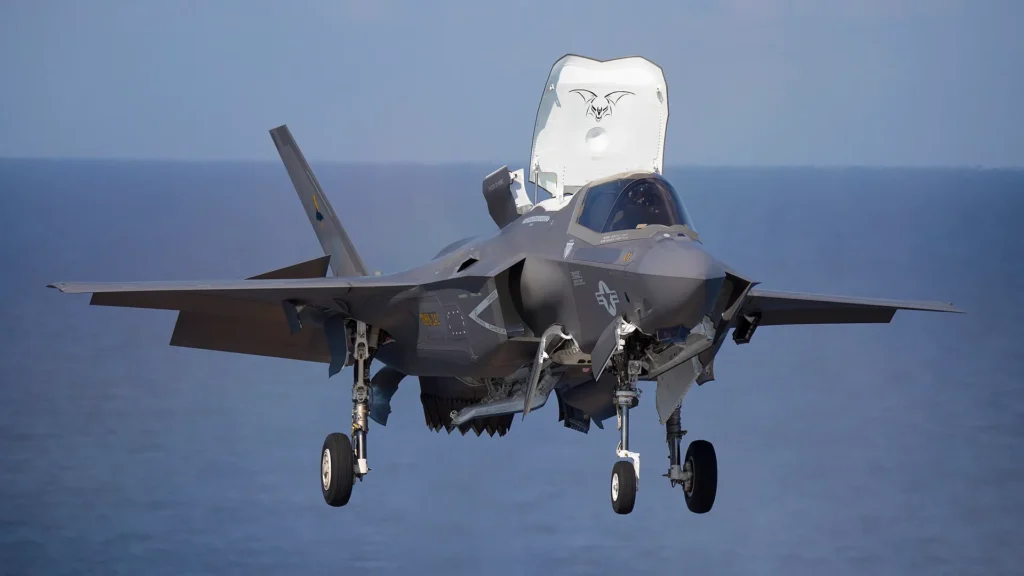 F-35 Lightning II; Photo- Wikipedia
F-35 Lightning II; Photo- WikipediaStaying Ready for Tomorrow’s Battlespace
Fellows and Crecelius agree that maintaining a competitive advantage requires constant innovation.
From power and cooling upgrades to advanced sensor networks and munitions, every component of the F-35 is designed to ensure the aircraft remains lethal, adaptable, and reliable.
RTX businesses support ongoing development, ensuring the F-35 can meet current and future operational demands for the U.S. and allied forces.
Stay tuned with us. Further, follow us on social media for the latest updates.
Join us on Telegram Group for the Latest Aviation Updates. Subsequently, follow us on Google News
Belgium Orders New and Most Expensive Fighter Jet in the World for $1.95 Billion
The post US Navy Awards P$W $2.9B Deal for New Engines of Most Expensive Fighter Jet in the World appeared first on Aviation A2Z.



